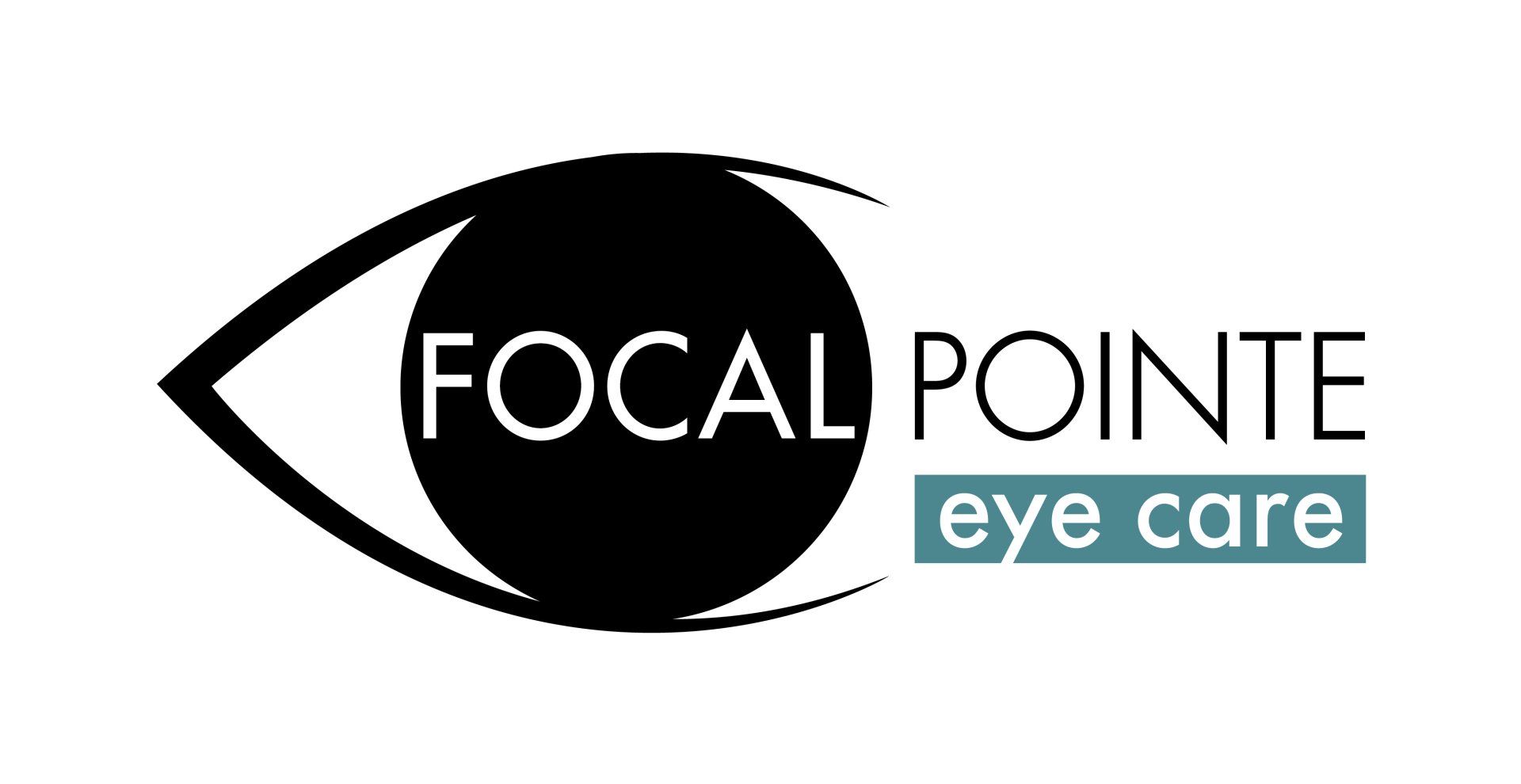I Have Keratoconus, Now What?

Chances are you went to see your eye doctor because you were not seeing as well as you used to. But, instead of getting a prescription for glasses or contacts, you were diagnosed with keratoconus, a condition that is progressive and can threaten your sight. Now you’re wondering, what is keratoconus and what are my treatment options?
Simply put, keratoconus occurs when the normally round cornea thins and becomes cone shaped. This change in shape alters the way light rays are focused on the retina and causes vision to become blurry and distorted.
Treatment for keratoconus depends on the severity of your condition and how quickly the condition is progressing. The goals of treatment are to slow the progression of the disease and to improve your vision.
SLOWING THE PROGRESSION OF KERATOCONUS
There are several things you can do to help slow the progression of keratoconus.
Stop rubbing your eyes
Eye rubbing has been linked to accelerated progression of keratoconus, so it is important that you stop rubbing your eyes. Rubbing your eyes too often or too hard can scratch or damage the cornea and lead to further thinning of the cornea. If your eyes are uncomfortable, try lubricating drops instead of rubbing. In addition, antihistamine eye drops are useful for preventing and treating itchy eyes caused by allergies.
Have a complete eye exam with topography every 6-12 months
Corneal topography takes a unique picture that maps the surface of the cornea and is an important tool in managing keratoconus. Using topography scans, your doctor can monitor for any changes in the curvature of the cornea.
Make sure your contacts fit properly
Poorly fitting lenses can rub against the diseased part of the cornea. This rubbing causes symptoms to worsen by irritating the already thin cornea. An evaluation every 6-12 months can help make sure your lenses continue to fit properly.
Corneal Cross-Linking
If your keratoconus has progressed, a procedure called corneal cross-linking is highly effective in slowing the progression. Corneal cross-linking is an in-office procedure where the cornea is saturated with riboflavin (vitamin B2) eye drops and treated with ultraviolet light. This treatment physically hardens the cornea which helps prevent further changes in shape.
IMPROVING YOUR VISION
The severity of your disease will determine the best options for you.
In the early stages of keratoconus, your vision can often be corrected with glasses or soft contact lenses to treat nearsightedness and astigmatism.
As keratoconus progresses, specially fitted contacts are needed to provide better vision. These include gas permeable lenses, hybrid lenses or scleral lenses.
For most people with keratoconus, a scleral lens is the best treatment option for better vision. A scleral lens is a large diameter gas permeable lens that vaults over the cornea and sits on the less sensitive sclera. This design provides a smooth refracting surface and prevents discomfort by reducing pressure on the cornea. Scleral lenses also have a fluid layer that ensures that the eye remains hydrated and increases the comfort of the lens. The fluid layer also helps smooth out any irregularities in the shape of the cornea which improves vision.
OTHER TREATMENTS
In fewer than 10% of people with keratoconus, the cornea will eventually become too scarred or wearing contact lenses will become too difficult. In these people, corneal transplant surgery may be needed.
Dr. Michael Lyons with Focal Pointe Eye Care in West Chester, Ohio has been recognized for his work in diagnosing and treating patients with keratoconus. He is one of the leading fitters of scleral lenses in the Cincinnati region and is a Fellow of the Scleral Lens Education Society.
Schedule an appointment with Dr. Lyons to discuss treatment options for keratoconus.

